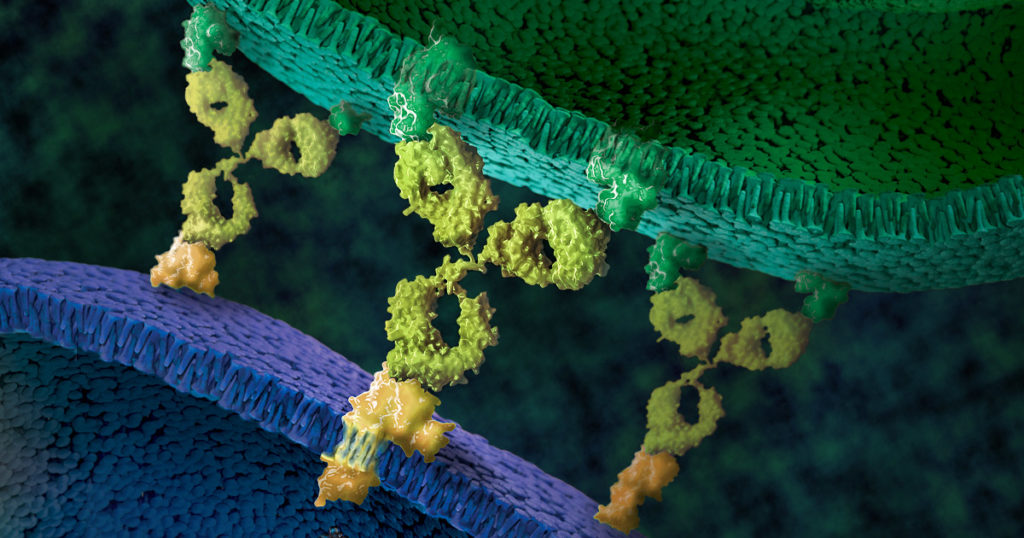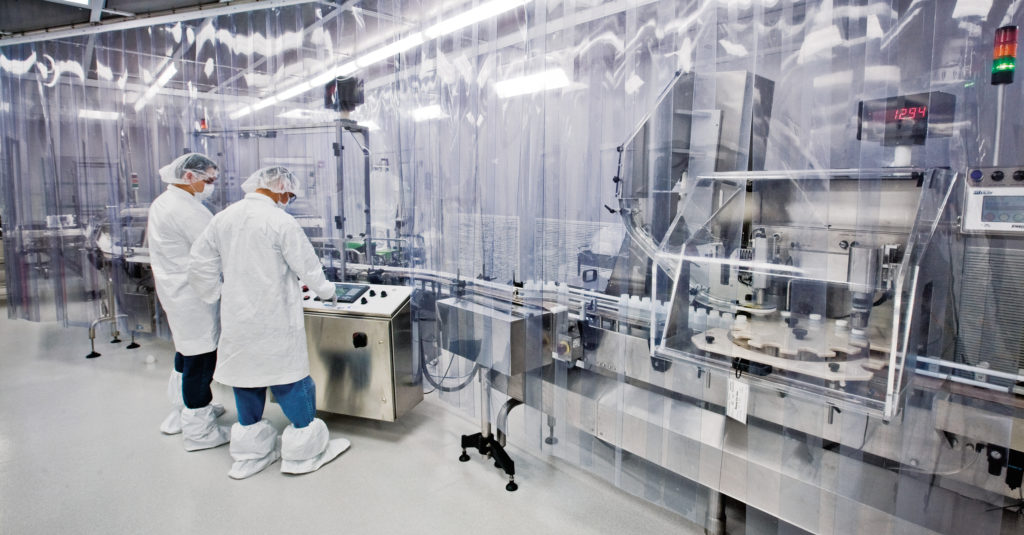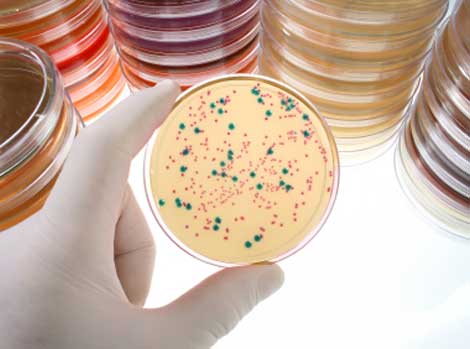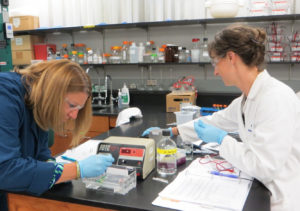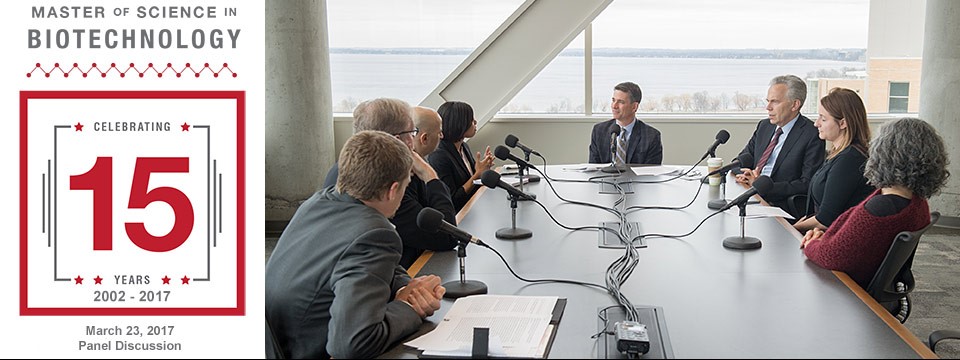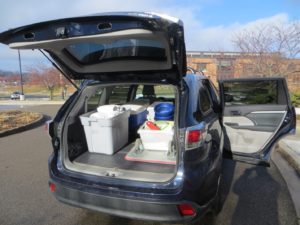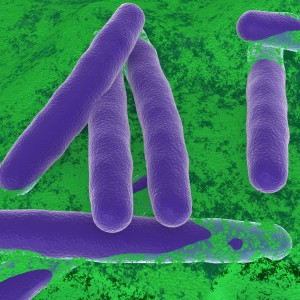
Projections from the United Nations suggest that the global population reached 8 billion in 2022. By 2030, the United Nations expect the population will grow to 8.5 billion (1). In order to sustain the rapidly expanding global population, innovative approaches in the agriculture sector are required to ensure food security and safety while maintaining sustainable practices.
Centuries of cultivating crops and raising livestock have honed our current agricultural methods. In the 21st century, these techniques encounter persistent challenges. Environmental factors such as soil degradation, water scarcity, and climate change pose significant threats to production. Additionally, the constant risks posed by pests and diseases can devastate both crops and livestock.
Read more about how the current avian flu crosses species and affects livestock.
The agriculture sector’s challenge of feeding the world sustainably lies in the limited access to natural resources like land and water. Unfortunately, these resources don’t grow with our population, so we need to find a way to increase productivity per unit of land (2). Ideally, using less water and potentially harmful pesticides.
Biotechnology offers innovative solutions that support sustainable agriculture practices to not only enhance food production, but also increase nutritional value and safety of our food supply.
Biotechnology in Agriculture: Enhancing Crop Yield and Resilience:
For much of the history of agriculture, breeding programs have involved selectively breeding desirable traits to increase yield, quality, and resilience. In the age of biotechnology, agriculturalists are revolutionizing this practice with the help of cloning and CRISPR technologies.
Continue reading “Revolutionizing Food Security: How Biotechnology Contributes to Sustainability and Safety”